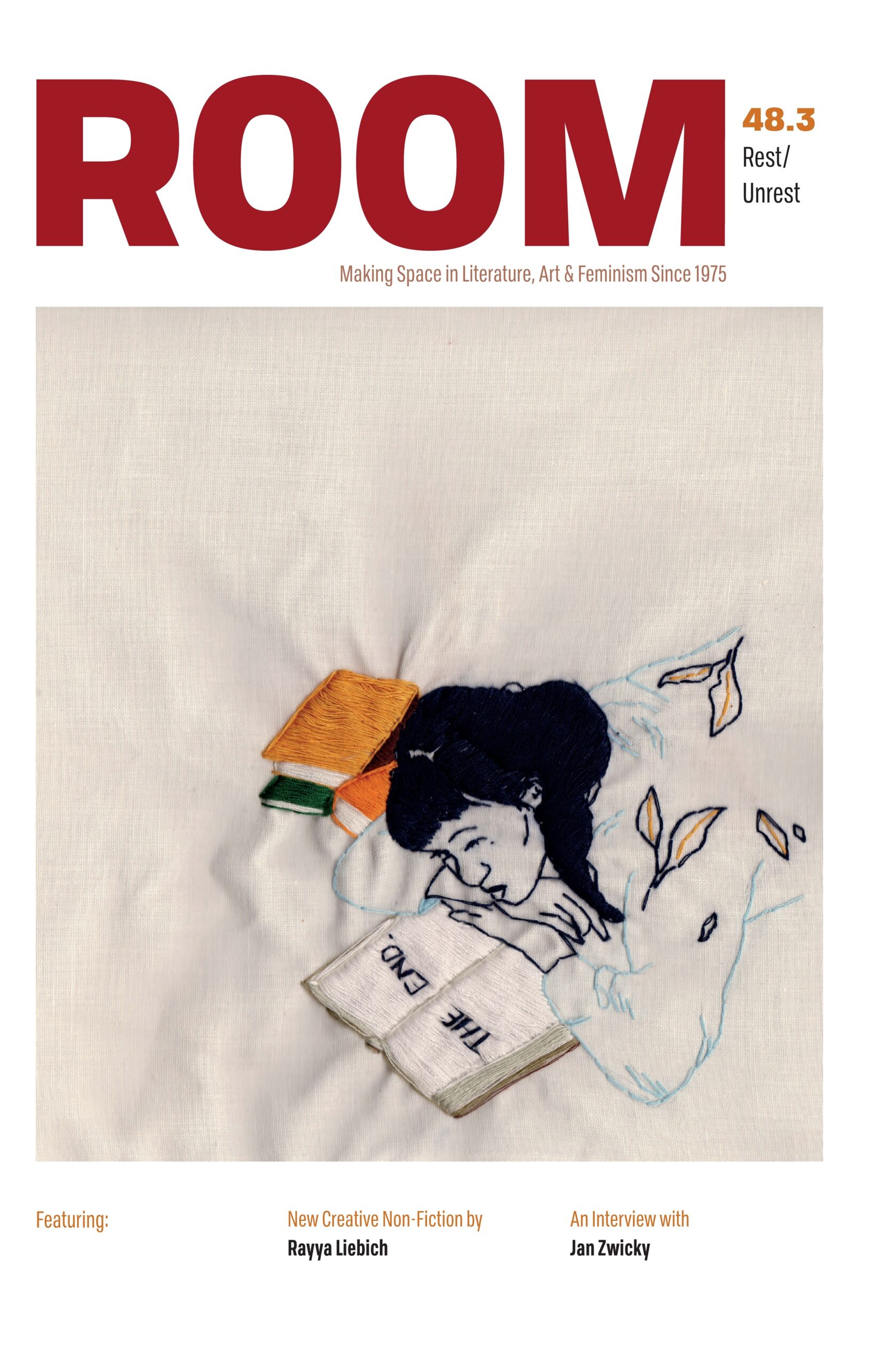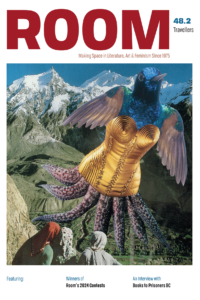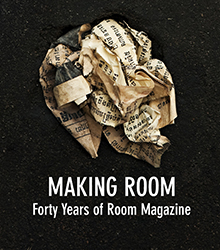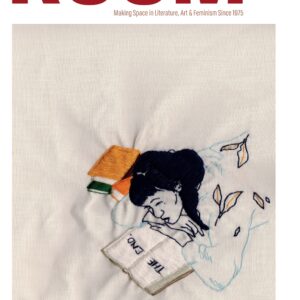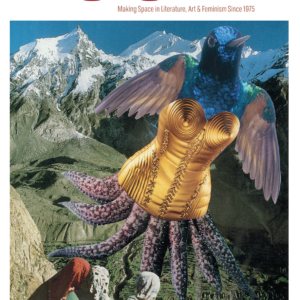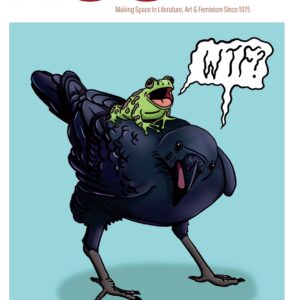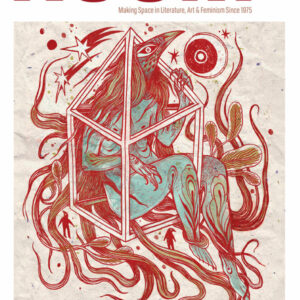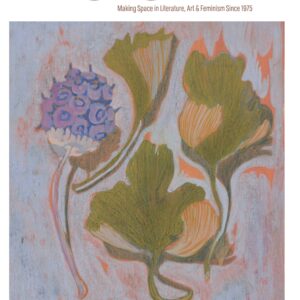Our 2005 fiction contest winner, “Seedlings” by Helyn Wohlwend of Cobble Hill, BC.
I get too excited about spring. That’s what Peter says. “Lila, you just get too excited about spring.” But he smiles when he says it, so I know he doesn’t really mind. And, of course, he’s right. I can’t help it. It’s cold so much of the time where we live: Northern Wisconsin. It doesn’t really ever get hot, even in the summer, not so that you’d notice. The cold stays sometimes nearly til June, so of course you have to celebrate whatever warm, growing time you get.
I learned long ago to extend my gardening by planting first indoors. I start early in the year, when the seed catalogues come, to plan everything. Lots of people don’t like the month of February because it’s dark, with short days and long cold nights. I love February. I can sit for hours paging through the order books from Jung’s and Earl May, Ed Hume, and Burpee. It’s like sitting down with a storybook, one you’ve read before but you just want to read again and again. Each book has its own characters: forsythia, hyacinth, snowdrop, delphinium, pansy, heliotrope, coleus, cardoon. The names themselves are so beautiful they nearly make me weep. The plot of the story is a familiar tale of birth, renewal, maturity, death. But each story is special. Unique.
Called snake melons in the Middle East, this cucumber relative develops slightly ribbed, spineless cucumber-shaped fruit that grow 2-3 feet long and 2 inches in diameter
Rated one of the best perennials for reliability, plants form an attractive mound of foliage, about a foot high, that are covered with bright yellow bracts in spring and early summer.
And of course my storybooks all have pictures. Peter laughs at me as I gasp and moan about the pink blossoms, the purple foliage, the great golden globes of pumpkins, the perfection of shiny blackberries. He never tells me what I can or cannot order, never puts a cap on my spending. He knows that I govern myself firmly. In my gardening novitiate I often ordered far more than I could sustain in my garden, and then was left with seeds stored over, and not so much to order next year. And of course, then, not so many wonderful packages arriving in March—secret treasure troves for me to explore.
So I carefully spend my February planning. What new beds shall I have? What vegetables will best help us through our winter? What flowers can I dry against the sorrow of November? What berries freeze to ease the bitterness of December? I sketch my garden, dreaming. How will tall wheat grass look behind my delphiniums? And will the sweet red peppers mature in time, or shall I be safe with only green? I have to be particular about what I order. The choice of plants is vital, since not all varieties can come to maturity in our season or can winter over through the harsh temperatures of January.
As my garden takes shape on the paper beneath my fingers, I feel the sun on my back and smell the good warm loam of my beds. I hear the bees murmuring into blossoms and see pale blue and golden butterflies gently fanning their wings on the pussy willow bushes. And it’s no longer February. And we are so happy, Peter and I.
When the packages finally start to trickle in, I make myself wait until Peter gets home. I know he doesn’t truly care about the packages, but the waiting is a delectable torture. After I have cleared the supper dishes, while we have our evening tea, I bring the day’s box to the table. I carefully cut away the outer wrapping, and gently open it to reveal the seeds and plant shoots sleeping in their packets and bags. I wonder if they dream of the sun, and wind, and gentle rain, and rich black soil. They might, you know. They might have memory of their former home, the flower of a plant that bloomed last summer. They might.
Once the box is opened and each plant variety examined, I bring my potting gear to the table. I spread newspaper over the wooden surface and lay out tiny seed pots. I fill them with my potting soil, a special blend I prepare myself in the fall, made of compost I create during our short summers, and the good Wisconsin earth from my garden. Then so carefully, I lay the tiny seeds and shoots into these, their temporary homes. They go into the special nursery window boxes Peter built for me. And there they drowse, and begin to wake. Tiny, tiny, beautiful green leaves and stems that begin to emerge. I must discipline myself to not spend all my time running to examine them. They will grow. I must be patient.
Of course, there is so much other work to do. In mid April, if the weather is fine, I begin to break open the garden beds. As soon as the soil temperature allows it, Peter spends a weekend with our big gas tiller, breaking the muddy earth into big clods that I can work by hand. I break the large clumps down with the hoe—Peter and I joke that we should advertise an exercise class in town, and then give everyone who shows up a tool and turn them loose on my garden. But of course I would never let strangers work my beds. Who knows if they would break the clumps as they ought. I will not have my seedlings struggle against a hardened mass of soil that some careless person prepared badly. So I alone work the hoe, feeling so strong and powerful. I picture my shrubs and flowers, fruits and vegetables draining the nutrients from the soil I work. And when the hoeing is sufficiently done, I take my little trowel and creep through the garden digging on hands and knees, refining the beds, breaking any remaining clods. I love the feel of the mud, so cold it frosts my hands even through my rubber mud gloves. I feel the cold right through the waterproof knee pads Peter gave me for Christmas and my toes curl in my insulated boots, shrinking from the chill.
Peter always tells me I work too hard at my garden, but if you want things to bloom here, you have to do the work. You have to be ready to take advantage of every morsel of sunshine that comes through our woods and into the yard. You have to give the seedlings every advantage, if you want to have them grow. And you have to be patient.
When my beds are ready, and my seedlings well up in their pots, I still have to be cautious. You can’t just put them out whenever. By June 1 the danger of frost is past, and only then is it safe to plant. Peter always takes the 1st off work to help me. I like to get the seedlings right into the ground and growing. We bring each carefully labelled flat and pot out from the window boxes. We start with the vegetables and herbs, planting them in the big square vegetable bed. We consult my Gardener’s Bible to be sure that everything is spaced properly, and set the bean teepee, and the tomato cages, and the pea trellises. We start early, and usually finish with the direct-seed lettuces, radishes, and beets by lunchtime.
It is after our midday meal that my garden truly starts to live. I plant each flower myself, carefully seeing to the placement, the requirements of sun and shade, the depth of the hole, the spacing. This year I plant blue and pink delphiniums in front of the goat’s beard, rosy purple astilbe along the walkway to the house, zing rose dianthus as a border to the vegetable garden, a new lemon lights azalea in the corner of the front yard. I fill the bare spots with pansies, snapdragons, impatiens. I put in heliotrope for scent, and geraniums for colour. I scorn marigolds—they are common and they stink. But nasturtiums and morning glories will decorate the trellis on the back porch. Wheat celosia will provide a backdrop for my zinnias and black-eyed Susans. It is near dusk when I finish with my garden. I am wild with the desire to see it blooming, drunk with the possibilities I have created, elated, exhausted, jubilant. And patient.
Days pass, and my seedlings stretch toward the wavery Wisconsin sun. The light in the garden falls through tree limbs like fine champagne, pale yellow on peridot, and my seedlings glow against the black earth. I am vigilant to pluck up any volunteers that might try to crowd my beauties. No vulgar grass or burdock or creeping Charley had better poke its common head out among my beds, because I will surely find it and root it up. I love the feel now of working the soil as it warms in the ever-brightening spring. I can forego my insulated gloves and boots and wear a lighter jacket and a lighter heart.
I sleep soundly, dreaming of my summer harvest of bouquets and berries and sun-warmed tomatoes and sweet peas. Then I hear, as from a great distance, a soft ping. It wakes me, though it is hardly a sound at all. I lie in my warm bed, with Peter snoring softly, and listen hard to see what it was that made my sleeping brain take notice. I hear more pinging, and a soft musical ring, as of small chimes. I ease myself from the bed, careful not to disturb Peter, and cross to the window. I peer out, but my vision is blurred as if someone has drawn Vaseline across my eyes. Or across the window. And then I know the sound, the ping, and the chiming. Ice storm. On the 6th of June. The frozen tree branches in the yard ring lightly as they clash together, and I hold very still while I try to think of some action that I can take. But my mind won’t let go of two words. Ice storm.
Before I really think, I cross out of the bedroom, down the back stairs to the door. I shove my feet into the insulated mudders, and grab my hooded wool peacoat. My gloves are on the porch with my tools where I left them when I finished the weeding early this afternoon. I snatch up the gloves and my trowel, snap on the outside lights and step out the door into a monstrous wonderland. Every surface in the yard is glazed with a pearl-silver luminance. The trees, grass, shrubs, plants look as if they have been turned to glass. The walkway lights reflect from each surface in a smooth arc. Tree limbs bend under the nearly unsupportable weight of the ice, creating fantastic archways that glow in the reflected light.
My seedlings stand, straight, tall, encased in armour that does not protect, but kills. I fling my hood over my hair and run to the bed nearest the porch. I kneel and the ice melts against my legs. The rain strikes my coat and pyjama pants soaking me, but not freezing. It only freezes on my beauties, my seedlings. I hack with the trowel at the ice coating the ground around the nasturtiums and when it finally yields to me, I plunge the trowel into the soil and wrench the plant from the bed. The ice encasing the delicate stem and tender leaves shatters and my seedling slumps limply over. The stem beneath the ice is darkly green, the sap frozen and useless. Worse than useless. Deadly. I turn to the next plant, even though I know it is hopeless. I plunge my trowel in again, and the seedling slumps over. I run to the next bed and the next and the next and they are all blackened. Ruined. Dead.
I see the dark form of my husband crossing the yard to where I am kneeling, but I don’t stop in my effort to find some life, some hope here in my dreaming. He takes both of my arms from behind and lifts me ever so gently to my feet. He says, “Lila, come in the house. You can’t do anything here.”
I will not cry. I will not cry. I turn and I hit him in the chest as hard as I can. It doesn’t even make him flinch, so I hit him again. And he says, “It’s okay. It’s going to be okay.”
But what the hell does he know? He’s never felt the seed slide out of his body. Never felt the wracking pain that tells me that my baby is dying again. He’s never had to go to the doctor to have the remains sucked out of his belly. Never held a tiny, perfect, pink seedling wrapped in its clear protective gel, seen its tiny fingers, the huge eyes, and wondered why it didn’t take root and grow. What the hell does he know? So I hit him and hit him and hit him and hit him. He keeps saying “It’s okay,” until I just can’t hit him anymore. When I slump against him and I feel tears sliding hot down my cheeks, he puts his arms around me and takes me from my ruined garden into the empty warmth of our home. We sit on the sofa, and he holds me and he says, “It’s okay. It’s going to be okay. We just have to be patient.”
